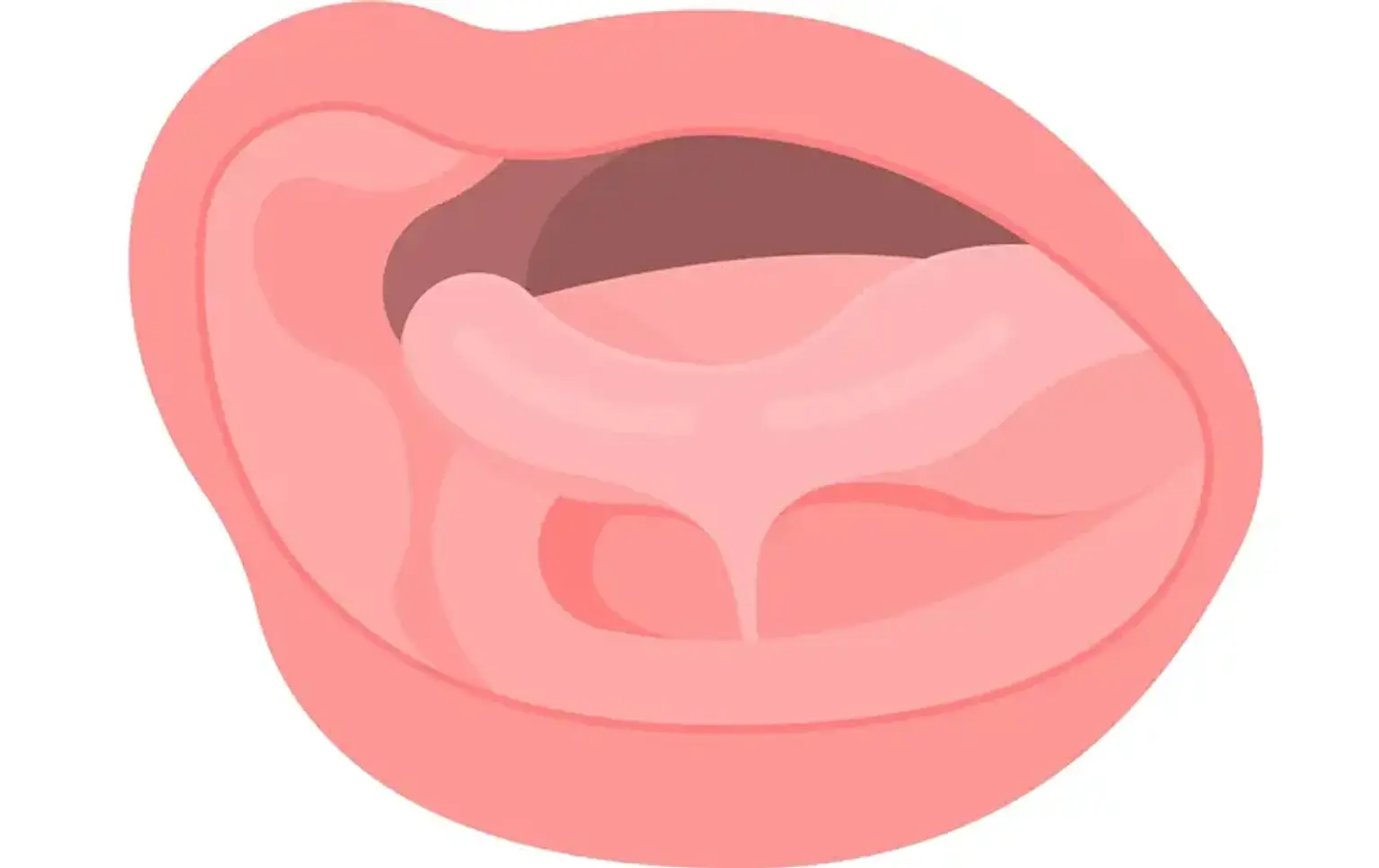Introduction
A frenectomy is a simple yet highly effective procedure that addresses issues caused by an overly tight or restrictive frenulum — the small band of tissue that connects the tongue to the bottom of the mouth (tongue-tie) or the upper lip to the gums (lip-tie). In recent years, frenectomy surgery in Korea has gained widespread popularity due to its efficiency, quick results, and minimal recovery time. Whether it's for an infant struggling with breastfeeding or an adult facing speech difficulties, this procedure offers numerous benefits. The rise of advanced techniques like laser frenectomy in Korea has also made the procedure less invasive, with patients experiencing quicker recovery and reduced discomfort.
This article will explore the frenectomy procedure, the benefits it offers, how it is performed, and what patients can expect during recovery. Whether you're considering this surgery for yourself or your child, understanding the procedure and its advantages will help you make an informed decision about your oral health care.
What Is a Frenectomy?
A frenectomy is a surgical procedure aimed at removing or modifying the frenulum, a small but important band of tissue that can cause limitations if it is too tight or restrictive. In the case of tongue-tie (ankyloglossia), the frenulum restricts the movement of the tongue, affecting the ability to speak, eat, or perform oral hygiene tasks. Similarly, lip-tie occurs when the frenulum that connects the upper lip to the gums is too tight, which can cause feeding difficulties for infants and problems with oral health in adults.
The procedure involves the careful cutting or repositioning of the frenulum to allow for greater freedom of movement. This can be done using traditional surgical methods or with more advanced techniques like laser frenectomy, which is gaining popularity due to its precision, minimal bleeding, and faster recovery time. In Korea, laser frenectomy has become the preferred option for many patients, as it provides a quicker, less painful recovery compared to conventional methods.
